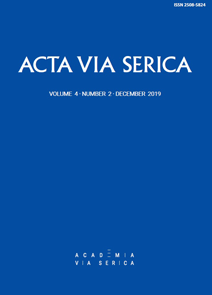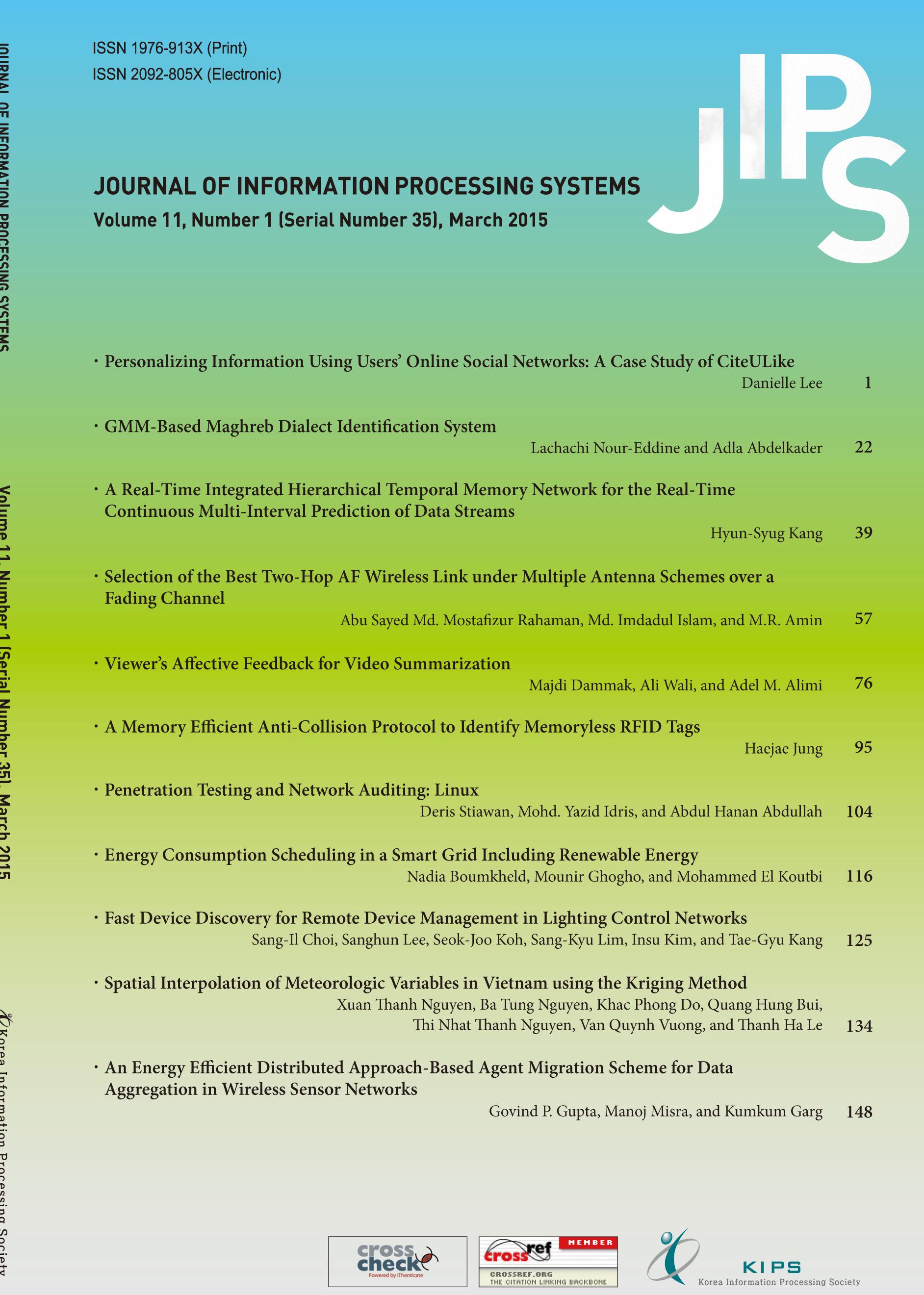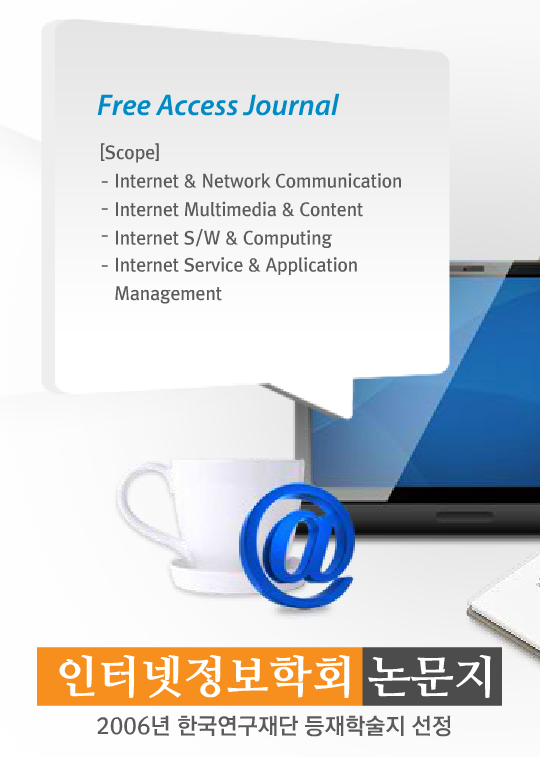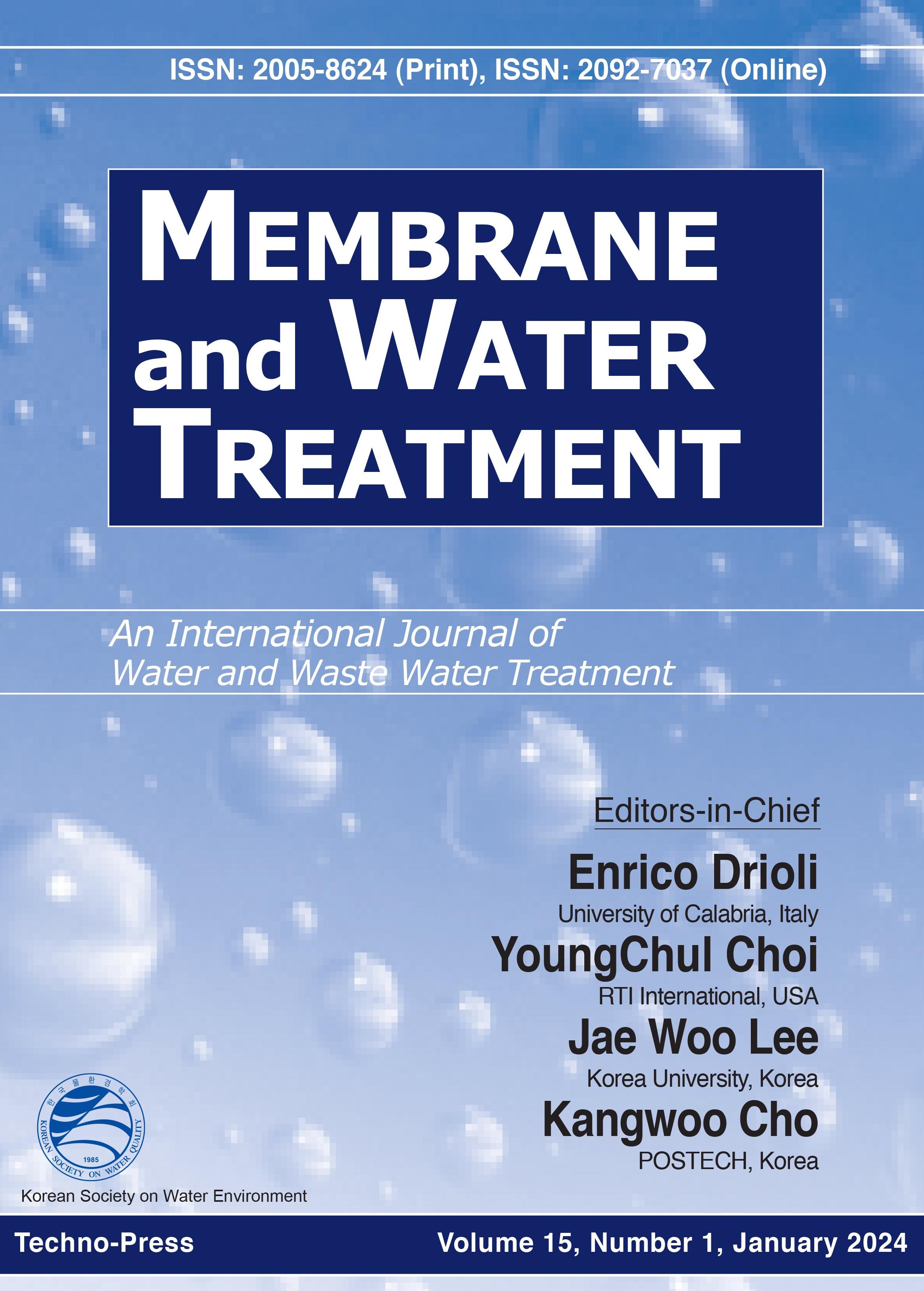Special Issue on Novel Insights on Ocular Biometrics In Image and Vision Computing
NIOB 2019
- URL: https://www.journals.elsevier.com/image-and-vision-computing/call-for-papers/special-issue-on-novel-insights
- Call For Paper Type: SI
- H2 Index: 0
- Submission Date: 2019-12-31
- Notification Date: 2020-03-20
- Final Version Date: 2020-03-31
Computer Graphics Computer Vision & Pattern Recognition
Biometrics In Image and Vision Computing
Aims and Scope
Notwithstanding the enormous potential of the traits in the ocular region for biometric applications, this line of research still raises several open issues, which justifies the ongoing research efforts. For instance, the relatively recent emergence of the periocular and sclera traits makes it worth recording the progress of this area. Also, all the traits underlying ocular biometrics and their possible combination still need to be more thoroughly investigated, not only to improve recognition robustness, but also to perceive the potential of this kind of traits to play a significant role in solving emerging problems in the biometrics domain, such as “systems interpretability”, “weakly/partial supervised recognition” or “forensics evidence and biometric recognition”. This special issue aims at providing a platform to publish and record the recent research on ocular biometrics in order to push the border of the state-of-the-art.
Topics of interest include, but are not limited to:
· Ocular biometrics at-a-distance and in-the-wild;
· Ocular biometric beyond texture feature
· Ocular biometrics in mobile environments;
· Segmentation, enhancement issues of ocular biometrics;
· Interpretability in ocular biometrics;
· Weakly supervised ocular biometric recognition;
· Liveness of ocular biometrics;
· Adaptability of ocular biometrics;
· Databases on ocular biometrics;
· Ocular biometrics for forensics applications;
· Ocular biometrics for classifying gender, age, ethnicity;
· Ocular biometrics for newly born or twins;
· Fusion of different ocular biometrics like sclera, iris, periocular region etc.
Submission guidelines
Manuscripts should be prepared according to the “Information for Authors” of the journal found at http://ees.elsevier.com/imavis/
To ensure that all manuscripts are correctly identified for inclusion into the special issue, it is important that authors select “SI:NIOB” when they reach the “Article Type Name” step in the submission process.
Timeline
The following is the tentative timeline:
Call announcement: 15th March 2019
Paper submission deadline: 31st December 2019
The first round of reviews completed: 31st January 2020
The second round of reviews completed: 20th March 2020
Final paper submission for publication: 31st March 2020
Guest editors
Dr. Maria De Marsico (Sapienza Università di Roma, Italy) demarsico@di.uniroma1.it
Dr. Hugo Proença (University of Beira Interior, Portugal) hugomcp@di.ubi.pt
Dr. Sambit Bakshi (NIT Rourkela, India) bakshisambit@nitrkl.ac.in, sambitbaksi@gmail.com
Dr. Abhijit Das (Inria Sophia Antipolis – Méditerranée, France) abhijit.das@inria.fr
Contact and Queries
Dr. Sambit Bakshi, managing guest editor, bakshisambit@nitrkl.ac.in, sambitbaksi@gmail.com














